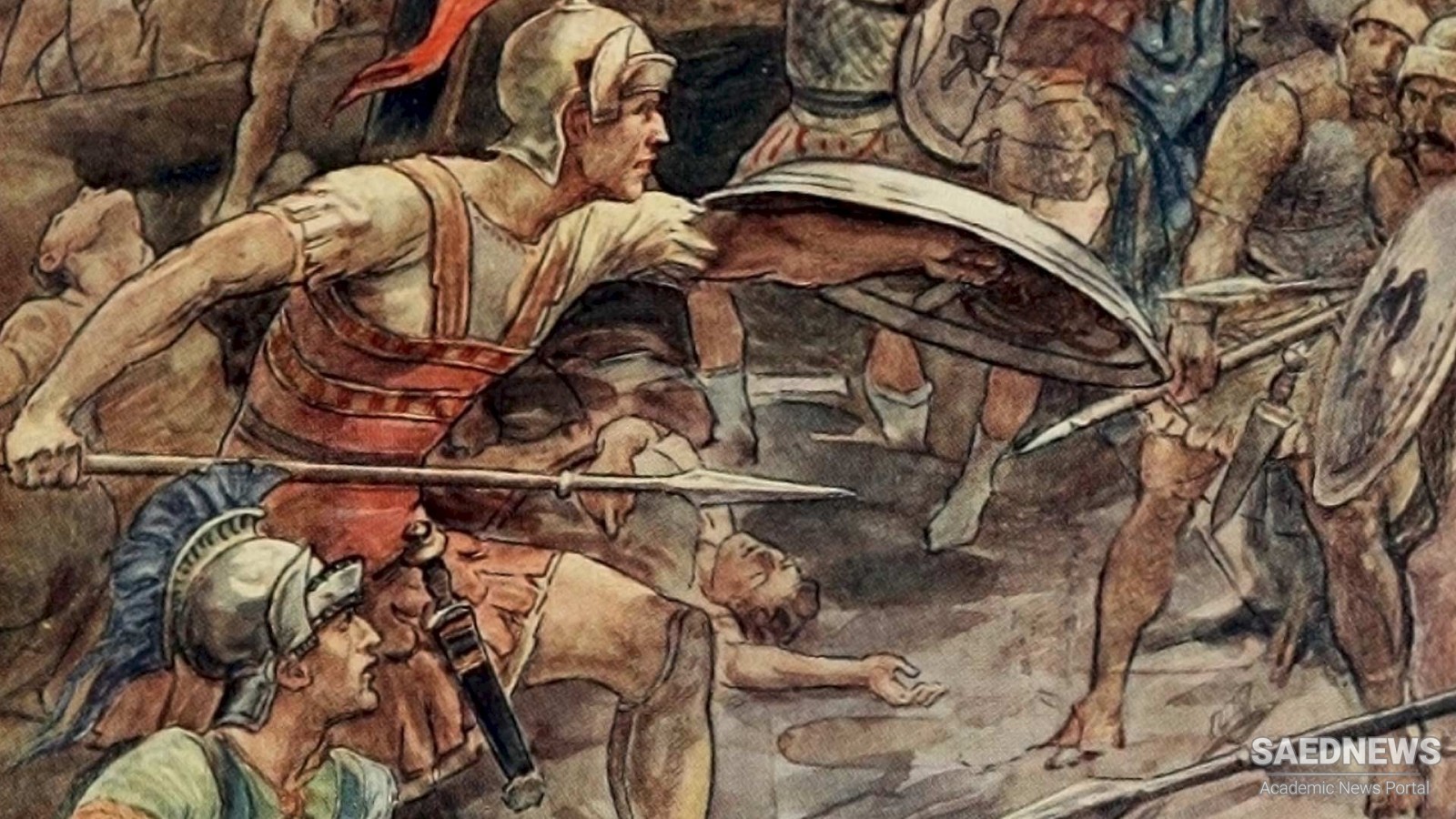Persia continued to be the predominant power in the world for another century and a half aft er Xerxes’ failure, but it also was a troubled empire and suff ered through a series of revolts and internal upheavals. The most noteworthy was the rebellion in 401–400 bc by Cyrus, the satrap of Lydia, against his older brother, the Emperor Artaxerxes II (r. 404–358 bc). Cyrus enlisted Greek mercenaries for his war but was killed during the Batt le of Cunaxa. A young Greek officer, Xenophon, was among the mercenaries and related in his history of the war, Anabasis (Upcountry March), how the Greeks won the batt le but had to fi ght their way back to Greece in the famous “March of the 10,000.” Based on his experience in the East, Xenophon made the assessment that Persia belonged to the man who had the courage to att ack it. In 334 bc, the armed forces of the last Achaemenian king, Darius III (r. 336–330 bc), met that man when Alexander the Great arrived to fight for the rule of Asia. Although Darius had apparently been brave in his early military career, he did not demonstrate any real capacity for kingship or leadership of Persia’s armed forces during his brief reign. The Persian military system had changed litt le in terms of arms and armament, but heavy infantry provided by Greek mercenaries had supplanted the traditional light infantry formations of Persian archers and spearmen, with the exception of the Immortals. When the Persians faced Alexander III, later called the Great, they did not recognize how his father, Phillip II of Macedonia, had adjusted the Greek tactical system while uniting Greece under his control. The Macedonians were organized to allow coordinated tactical action by infantry and cavalry with larger and more powerful phalanxes and several categories of light infantrymen who gave the formations more agility and bett er protection for the fl anks and rear areas. Heavy cavalry, the system’s decisive arm, served as the hammer that crushed the enemy against the anvil formed by Phillip’s phalanxes.


 Xerxes and Strategic Military Plans for Defeating the Enemy
Xerxes and Strategic Military Plans for Defeating the Enemy














































